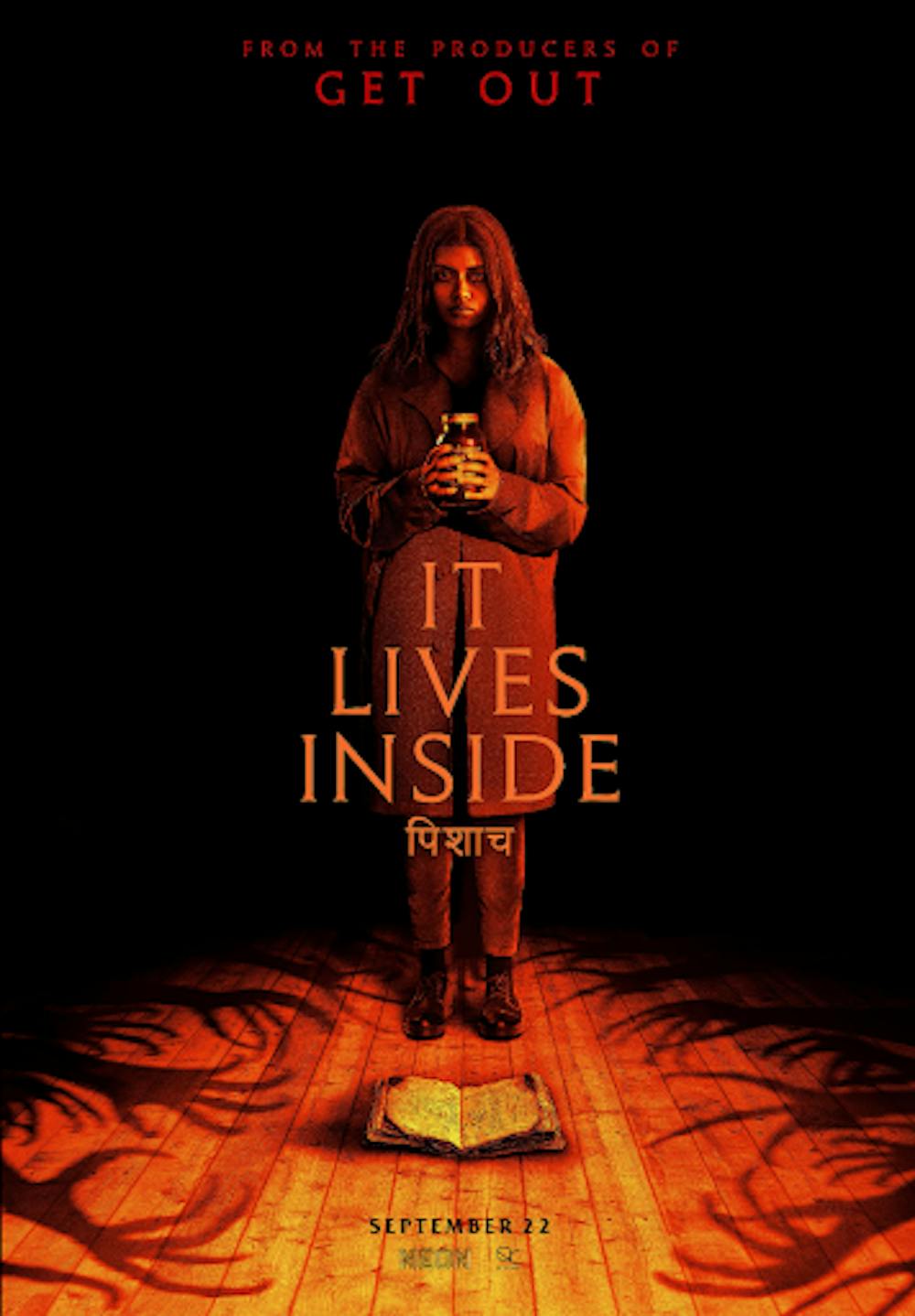By Bailei Burgess-Simmons
Staff Writer
On Sept. 22, the indie horror flick, “It Lives Inside” premiered in theaters nationwide.
The film–directed by Bishal Dutta–follows Sam, played by Megan Suri, on her quest to save her former best friend from a mythological demon spirit.
Though the demon was the highest on the list of priorities, the film also featured a romantic interest, family tensions and a familiar, yet underrepresented, analysis of the experience of a young, Southeast Asian girl growing up in America.
In an effort to escape her cultural background and blend in, Sam disassociates from everything to do with her South Asian roots, including her best friend Tamira, played by Mohana Krishnan. That is until Tamira disappears after claiming to be the target of a monster with an insatiable appetite.
Sam, overcome with guilt for abandoning Tamira, sets out on a quest to get her back. However, what she doesn’t anticipate is the steep cost of going head-to-head with the mythological creature.
She is forced to confront her issues with her identity and do so, with enough time to save her best friend.
Now, into the nitty gritty.
Megan Suri’s performance was perfect. The terror of facing the monster matched with the terror of what would happen if she couldn’t defeat it, coupled with the teenage angst we know all too well. She could not convey the experience of a teenage girl better.
Despite what sometimes feels like an oversaturation of indie horror films, “It Lives Inside” stands apart from the bunch because of its unique and often underrepresented perspective.
Very rarely do we get authentic representations of South Asian Americans. When we do, the perspective is normally very narrow. We often get narratives surrounding ambitious scholars, arranged marriages and model minority tropes. However, “It Lives Inside” was different because these typical tropes were sidelined.
There was no extensive dialogue about her struggles being South Asian in her primarily white suburb, and there was no extra attention to the negatives surrounding her experience.
Sam's ethnic identity added depth to her character but did not take away from the plot; it was not her entire story. Her culture was properly and authentically represented but it was not the center of the story. This allowed for an immersive, plot-focused experience and the Indian mythology was a great break from the normal Hollywood themes.
All this said, the film should have been our new favorite horror film with its diverse cast and its twist on the perfectly traditional horror film tropes. But, it just wasn’t.
Aside from the film being centered around a brown girl’s experience, there was nothing exciting or new about this film.
The jump scares were easily anticipated, there was little-to-no diversity in the shots and visually, it was just underwhelming.
The film's PG-13 rating is largely to blame as there was little gore, and in general, it was just not that scary. With less restraint, there could have been a greater “wow” factor in many scenes, but ultimately it felt like they were holding back.
Additionally, the initial lore of intrigue and certified creepiness was lost as the film went on. The initially exciting plot settled into something formulaic and predictable, making the end much less exciting.
Generally, I’d say that the idea was there and that, conceptually, the film had great potential. However, in the end, “It Lives Inside,” under-delivered.







